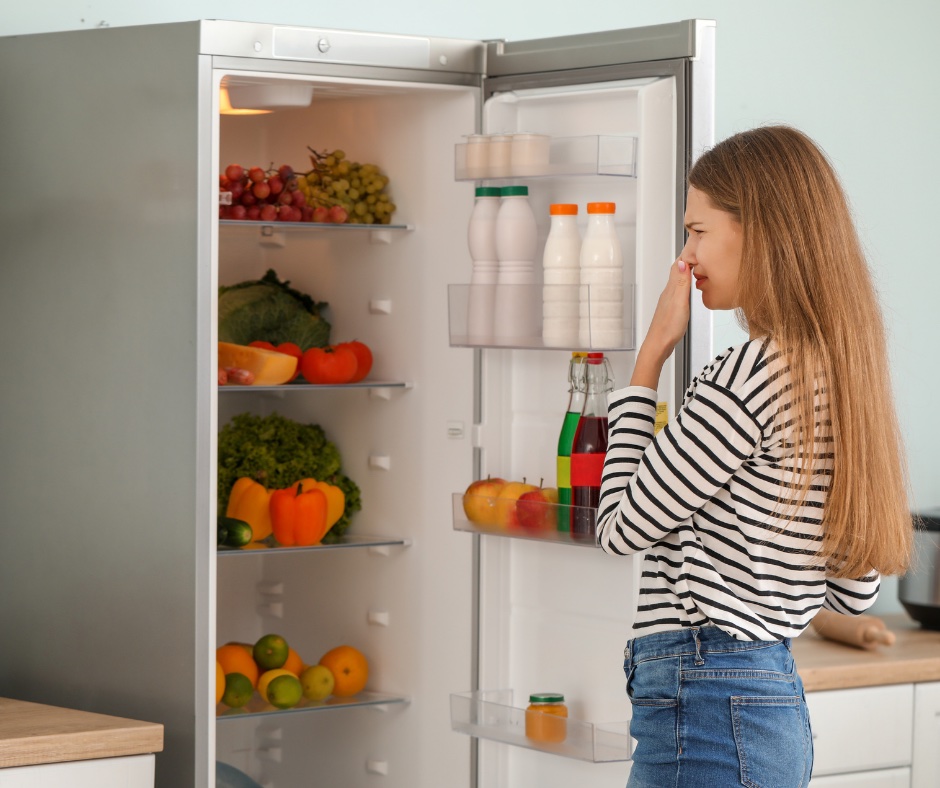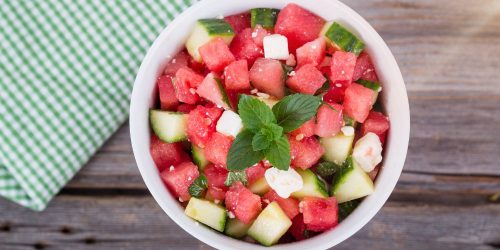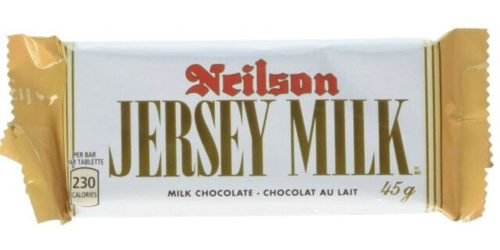CAN SMELLING OLD FOOD REALLY TELL YOU IF IT’S SAFE TO EAT?

We’ve all pulled leftovers out of the fridge, given them a sniff, and made a judgment call on whether it was still safe to eat. But it turns out it’s not that simple.
According to food scientists, there’s an important difference between food safety and food quality. And there’s no way to tell if food is safe based on smell. You can tell the quality has gone downhill, but that doesn’t translate to it being safe or not.
One example is milk. If your milk smells sour, you probably don’t want to drink it, but it won’t necessarily give you a foodborne illness.
Related: The Best Foods For Leftovers!..
On the other hand, lettuce is to blame for lots of foodborne illnesses. And lettuce leaves might be green and crisp and smell perfectly fine, but could have bacteria lurking that will make you sick.
There can be some crossover between quality and safety. Fresh fruits and vegetables, refrigerated foods, poultry, and deli meats have a higher risk for foodborne pathogens, so if these foods smell or taste odd, it’s probably safest to just toss ’em.
But as a general rule, the sniff test is only useful for telling you whether a food’s quality has declined, not its safety.
Beat FOMO by being in the know!
Sign up for our newsletter today and never miss a beat.








